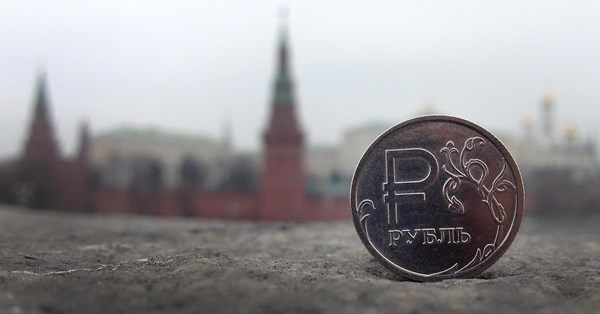Economic crisis eliminates 20% of middle class in Russia
The Russian economy’s longest recession in 20 years has eliminated 20% of the middle class and made savings a luxury unavailable to the overwhelming majority.
In May 2018, only 19% of Russians belonged to the middle class, that is, people who can easily buy not only clothing and food, but also durable goods. Before the start of the crisis it was 24%, and the current proportion is the lowest in 5 years, data from a NAFI survey indicates.
In fact, the middle class is even smaller: a salary of at least 60,000 rubles ($940) is required in the provincial areas, and at least 120,000 rubles ($1880) in Moscow, ACRA analysts estimate. According to Rosstat (Russian Federal State Statistics Service), only 8.5% of the population exceeds the 60,000 rubles monthly income mark. Two thirds (61%) live on an amount no greater than 27,000 rubles ($427) per month, and 42.1% receive less than 19,000 rubles ($298). One in four Russians earns less than 15,000 rubles ($235), and one in seven is below the poverty line, which is set at 10,000 rubles ($157) per month.
The opportunity to save is a new line separating the haves from the have-nots, said Marina Krasilnikova, head of the quality of life research department at the Levada Center.
According to the Russian Public Opinion Research Center, only one third of the population has any savings, and the overwhelming majority (63%) have essentially no savings.
Despite the fact that the surveys indicate that half of Russians would like to save, at the end of the first quarter, the proportion of income that went into savings was at its lowest since 2000 – 6%, compared to 7.6% one year ago.
“People understand that saving is good, but they do not have adequate resources for this,” Krasilnikova observes. “Income goes to consumption, which has been put on hold for a long time”.
Only those who are already rich on Russian standards are able to save, since the owners of meager savings eat into them heavily, ASV statistics show.
The number of Bank deposits amounting to at least 100,000 rubles has shrunk by 10% in the first quarter. The number of deposits between 100,000 and 1 million did not change. Only the deposits which have more than 1 million rubles ($15,670) are growing – at a rate of 2-2.4% per quarter.
The combined net worth of dollar millionaires in Russia, i.e. people with assets amounting to 64 million rubles, reached a historical record of $1.08 trillion at the start of 2018. Of this figure, almost half – $485 billion – belongs to the 200 wealthiest citizens, having grown by $25 billion (1.5 trillion rubles) in the last year.
Although employees receiving salaries from the federal budget had an urgent pay increase leading up to the 2018 elections in order to account for Putin’s May 2012 decrees, this has hardly affected the population’s situation.
“The people who cut back on spending and withdrew from savings in order to survive these years are apparently unable to start saving even now,” observes Svetlana Misikhina, deputy director of the Development Center of the Higher School of Economics.
